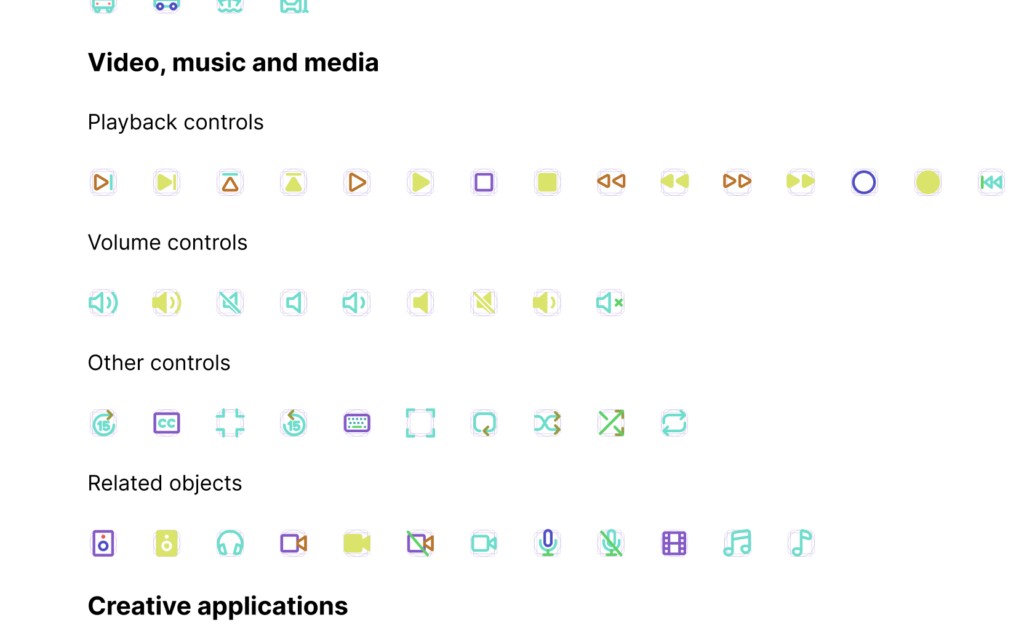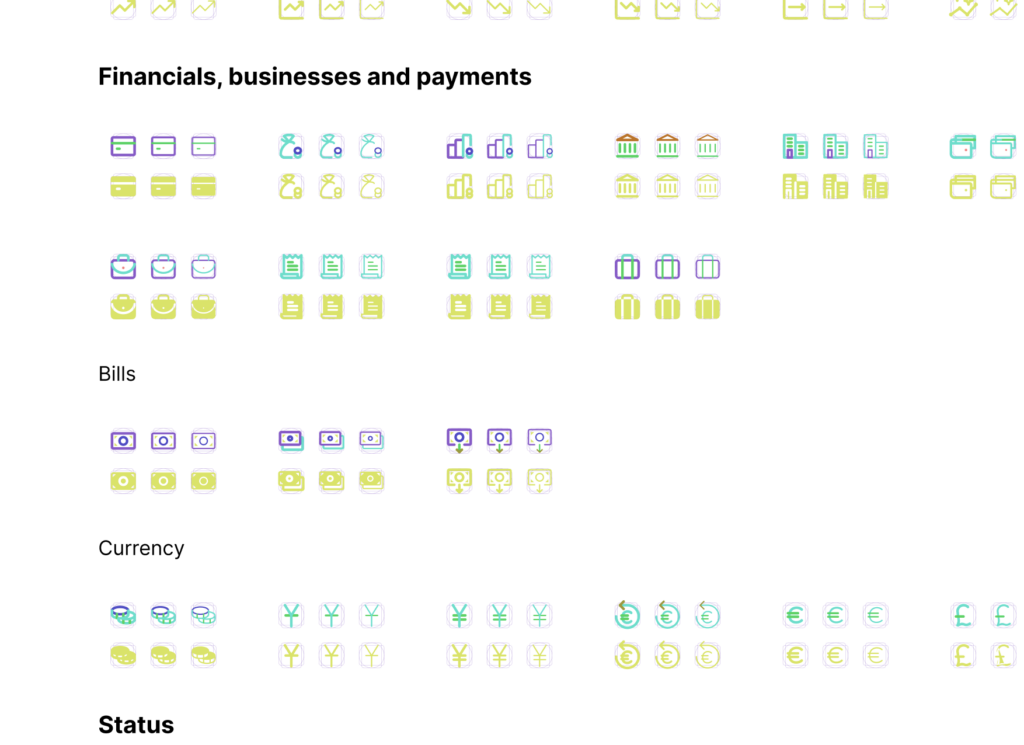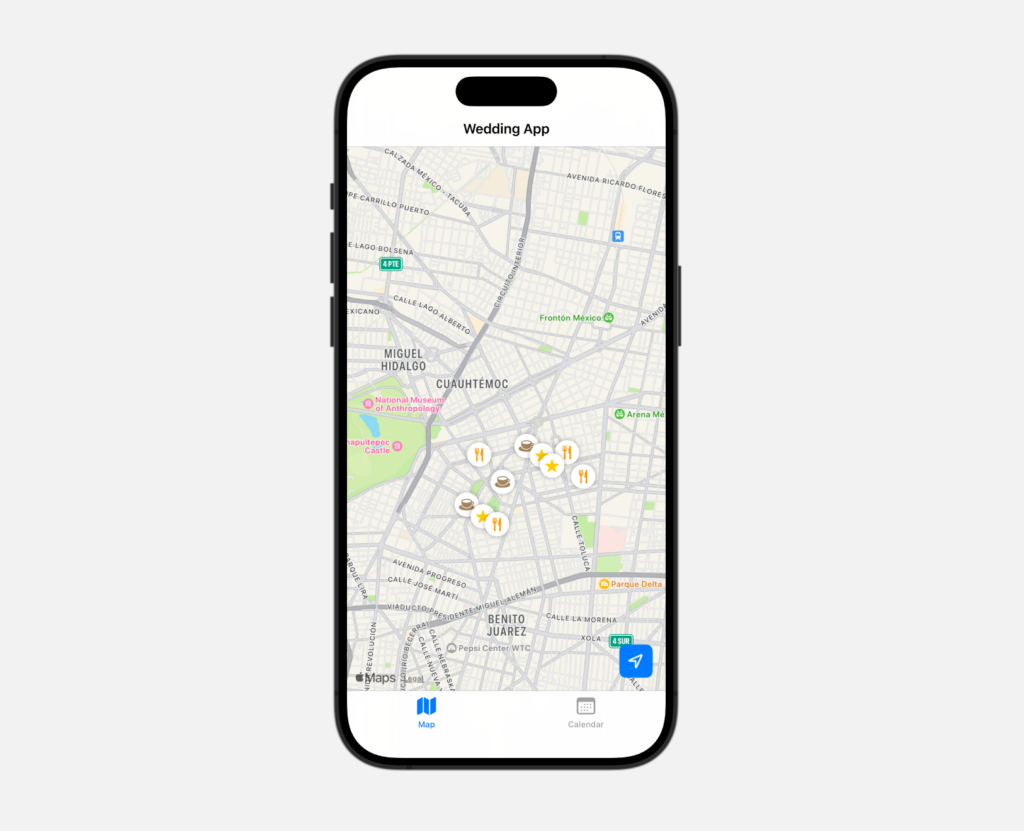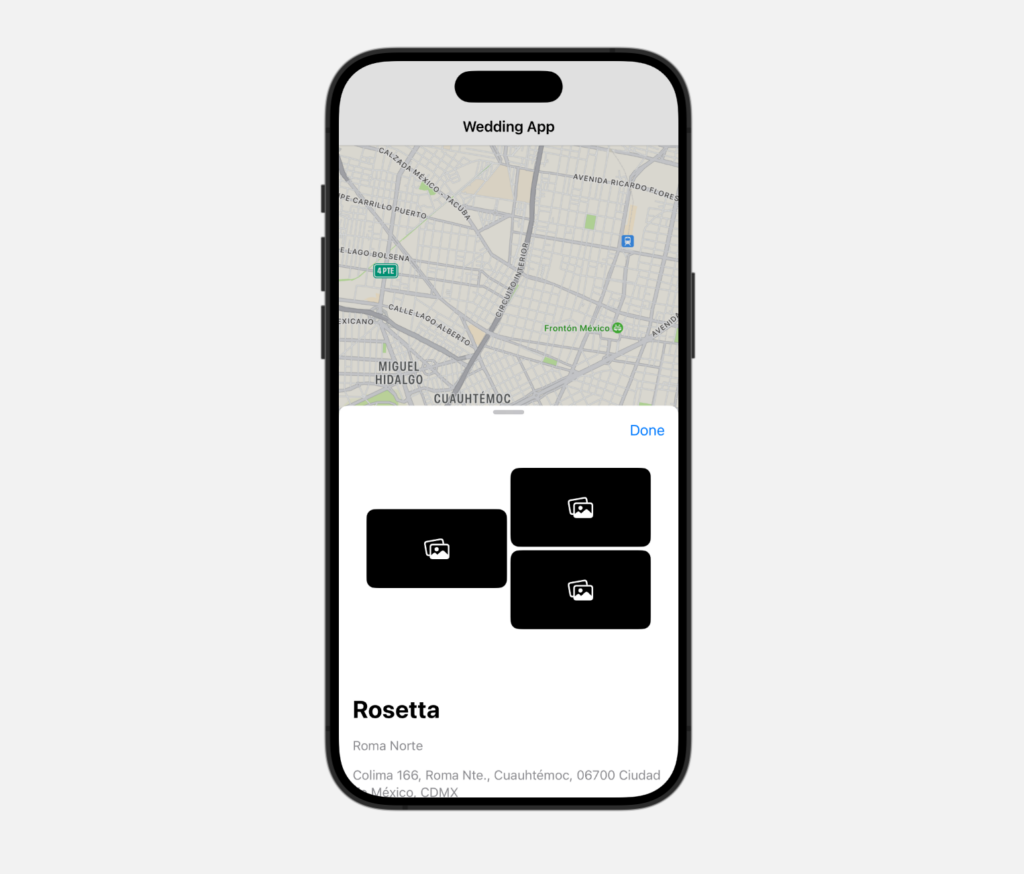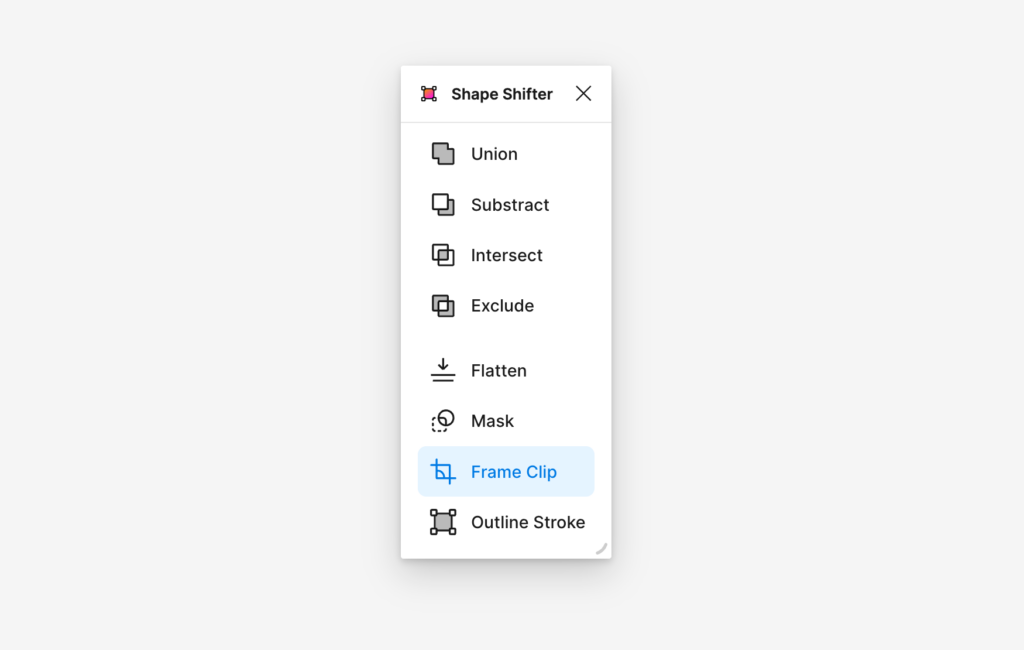When I started as a freelancer in 2011, I dove into the world of mobile apps.
But that’s the short story. The longer one is that I first did some branding and web design. Then, I had a stint as a photographer. I worked for advertising agencies (not really my thing…), development companies (interesting but hate to be the sole “creative”), UI/UX agencies (better),… all in all I tried a bunch of things, to then land at what we did with Mono: focus on UI design for apps.
The beauty of an agency is that you can choose your own adventure. In these summer days I am dreaming of a new adventure and defining what my new company Obra can be.
With Mono, we really wanted to build out a great design team and that requires working together, bouncing ideas off of each other, and skilling each other up.
At the time we denied working in a manner that we called “bodyshopping” i.e. renting out our designers full-time to companies. This didn’t feel right with the agency vibe we wanted, where we wanted to work together on projects.
We saw a lot of bodyshopping companies dropping unskilled designers, straight from school into projects they could probably not handle, for big consulting fees. These companies had no personality, ugly websites, and you wondered if they even understood design.
The designers hired into projects were essentially powerless to drive change in the company because they were too junior. They were put on a team because somebody rightfully thought that UX was important, but without any support.
My observation was that for a company to put out meaningful work backed by a design process, you’d typically need the right combination of people. A designer obviously, but also another design-minded person to challenge them, and for the implementation you’d typically need a design-minded developer (or a developer-minded designer that could guide a non-designer developer). Not every designer is also the same, so you’d need the right skillset for the project at hand.
Given such a team, you can do wonders with just three persons. With a team of just four, I’ve shipped an entire software design for Ticketmatic that involved a redesign of every module they had (and believe me, there were a lot of them). The speed of working in that team was amazing, due to a great feedback loop between CEO, CTO, a design-minded dev and me as a developer-minded designer.
With Mono, we found that combo in quite a few projects between the designers on our side and designer-minded CEOs, CTOs, product owners and product managers on the client side.
Today, I am wondering what my new adventure will be. My mind is mostly on running an agency again. A part of me wants an ambitious product job in the US: but I see most companies downsizing, or only hiring remotely within the US.
My goal remains the same: shipping the best software. Shipping world-class experiences that matter to people’s computer lives. And keeping that computer life human, por favor.
I am certain the formula to get there will involve multiple designers bouncing ideas and lifting each other’s work. There is simply no better way to get to great work than to revise it in a group of smart minds. I wrote about this a long time ago, in 2017, in a post titled The value of an external design team.
You need a real design team. With emphasis on team. Otherwise, the work will suffer.
It often goes like this: a company decides to hire an in-house designer. One designer, because there is not enough “work” for 2 designers. This person ends up doing — everything — without a feedback loop from another designer.
I find that this situation leads to idea stagnation. The single internal designer has no outside influences outside of his core project and ultimately it leads to poor work. The internal designer suffers from the lack of a feedback loop.
There is no particular golden number of designers and design-adjacent people. It really depends on the projects going on in a particular company and also how much design is being done by non-designers. I’ve always held the belief that design is being done by everyone on the team.
Why am I so obsessed with the number of designers? I believe that when you can get into that design feedback loop, when minds align, but different people come at a problem with different backgrounds and perspectives, the real magic happens. And all too often, that situation just doesn’t occur due to the team setup. If you think too small, the results are too small.
A personal observation is that there are actually relatively few companies in Belgium that have bigger design teams. A lot of companies make do with just 1 or 2 designers. Some of the biggest scale-ups might have… 5-10 designers, max? There are some banks with 15+ or 20+ UX designers, but they are divided into many project teams. The Silicon Valley size of 50-100+ person designer and researcher teams is unheard of in Belgium.
It’s always been my dream to scale things up larger, bigger, better. Why don’t the big tech companies come out of Europe? We are simply not ambitious enough. “One designer is okay” “We don’t have enough capacity to implement the designs anyway” “We already know what the problem is we’re trying to solve“. I’ve heard it over, and over, and over.
But; I did find some limits to my own ideas when I was running Mono. More people is not always the solution. They also need to be good. Upskilling people to the right level was extremely challenging. We held on to a small team of good designers because it was hard to scale up and find the right people. We wanted to deliver a consistent quality, and that was an uphill battle.
When I started in UX, the UX level of people coming out of school was not there. Basically after they graduated, designers needed another education to get to the right level. There were some exceptions (Courses like Devine and MCT were gradually getting better, and changing their curriculums to things that actually mattered in the real world); but the level of a junior was simply not good enough for the kind of work we were doing with Mono. I believe that 10 years later, there are a lot more skilled designers on the job market. But I also believe — I hear this all the time in job interviews — that they are underutilized by companies that seemingly can’t utilise their skills in the right way.
Around 2017 there was the trend towards larger and more involved projects – the internalization of UX was there. Companies had built their first apps with an agency (sometimes ad agency… oops) and were disillusioned, then took the work inhouse.
As Mono we had a problem: we needed to keep designers close to the team to skill them up, but the actual work was moving internally (all too often as part of a sad sprint setup).
Then Covid hit and suddenly all of the work was remote. There was no expectation anymore to send our designers to some random, uninspiring workplace somewhere in Brussels.
I should have used that opportunity to radically rethink the structure of our sales setup, and move more radically to contracting. We were already kind of on that track with 60% or more of our work being long-time contracts.
I remain with some unexecuted ideas as well.
There was an idea to sell product management as a role. As design managers we me and my co-founder were always doing more design management related tasks which have a big overlap with the internally held product manager role. Scoping work, research, getting the work shipped.
I held the belief that that was a deeply internal role to begin with, and it was difficult to juggle multiple projects as a product manager in the Mono context. I also believed it would be difficult to get the deeper internal knowledge often needed to understand every move you are making fully.
But now I’m not so sure anymore. First of all, with a contracting mindset, the person is there for 3 to 6 months or even a year. You can surely make an impact within that timeframe, and have enough time to deeply understand a problem. Second of all, whether someone adds a net positive to a project is not determined by how they are hired into the project, rather it’s about clear communication lines, access to information, and the drive of a company to move forward.
One final idea I am thinking about that has always been on the back of my mind but that we never executed with Mono, was also doing development.
With Mono we focused solely on design and besides front-end prototypes we never did actual development. I feel that restricted us too much to get to a final lovable user experience, since we would always depend on whether the devs of our clients were able to pick up the work. Sometimes it would work, sometimes it wouldn’t. A particular aspect of not doing any of the dev work that bothered me was often not seeing the product actually launch, but only seeing it come back after 6 months, sometimes after a few years, without a correct feedback loop.
Some reasons I remember for not doing development were the contractual risks, and the fact that none of the founders could actually fix deep tech problems themselves if push came to shove. We could also not upskill devs the way we could upskill designers. My argumentation had been at the time, that if we could find a deeply technical person with business aspirations to helm the dev arm of the company, that could be solved. However that’s easily said than done and finding the right person to be at the helm of that kind of position is extremely difficult.
So, to summarize, here’s my thoughts:
- It’s time for bigger and better. I am working in the US time zone and promoting towards to US-based clients, but my network is mostly in Europe (Belgium/Netherlands). Ambitious Europe-based startups will look to the US anyway, so opportunities are there.
- We’ll need multiple designers, bouncing ideas and designs off of each other. Probably with a structure of internal meetings, where one is about skilling up, and another about design review
- Go for longer projects, accept that UX is internal now, the designers become part of the external team (contract-based)
- Accept that there is a cycle to design, and design is not always needed: clients can choose to hire designers for three months, six months, one year contracts (renewable when it fits)
- Look into starting out with a development arm, but highly dependent on finding the right partner
- Product management might be able to be externalized at some level, if we are able to sell a project team to the client that can either deliver end-to-end, or that can build up trust between agency designers and client devs in a first project. However, finding the right product people might be a challenge on its own.

